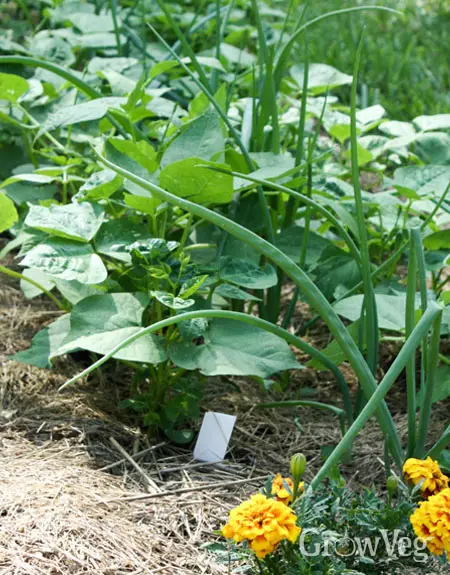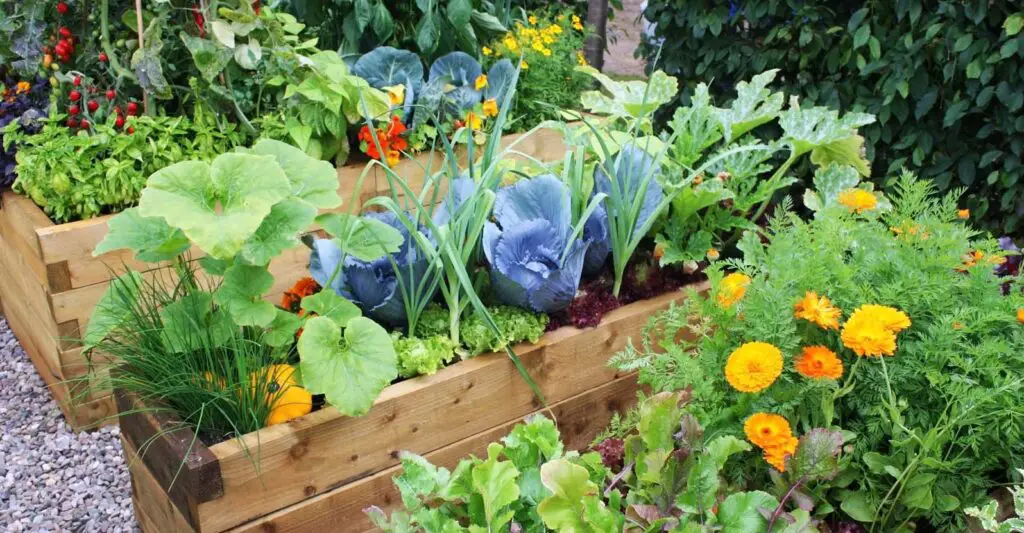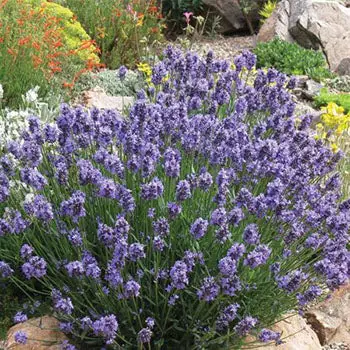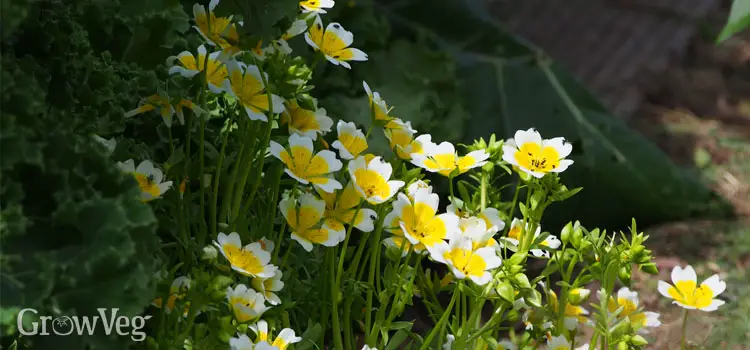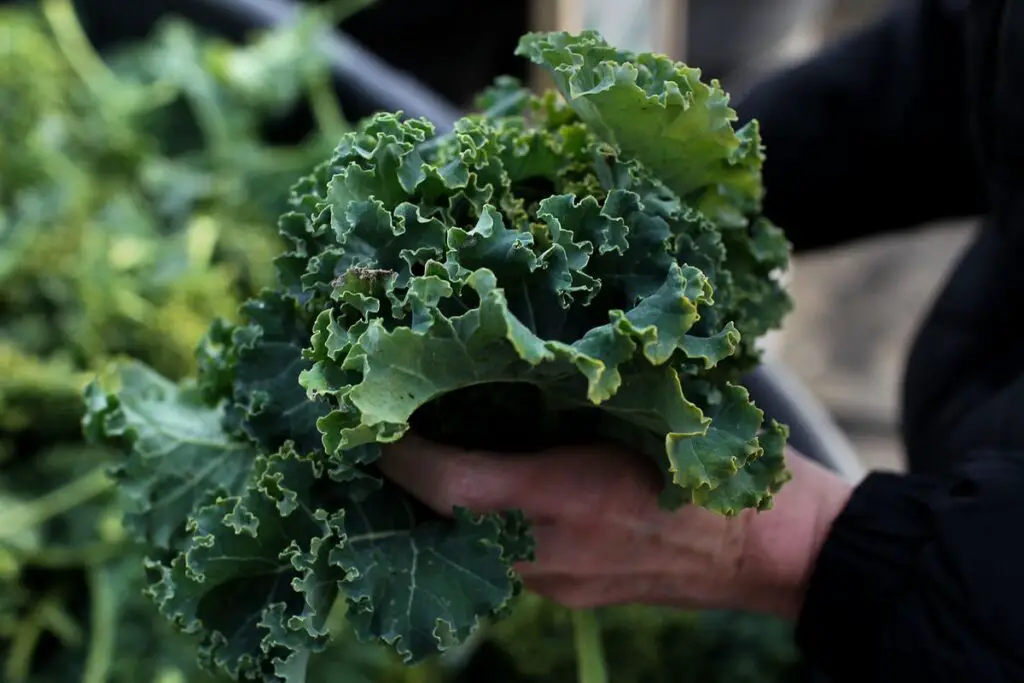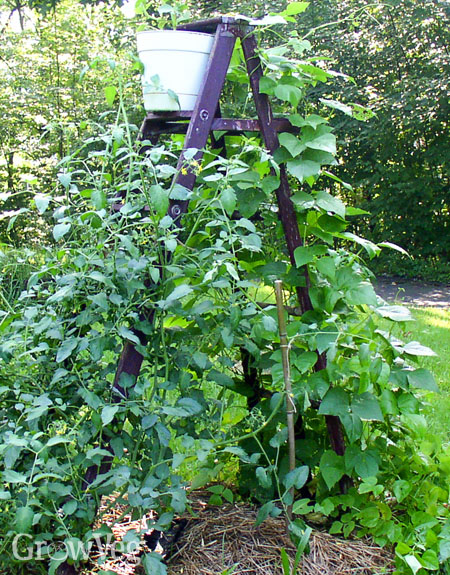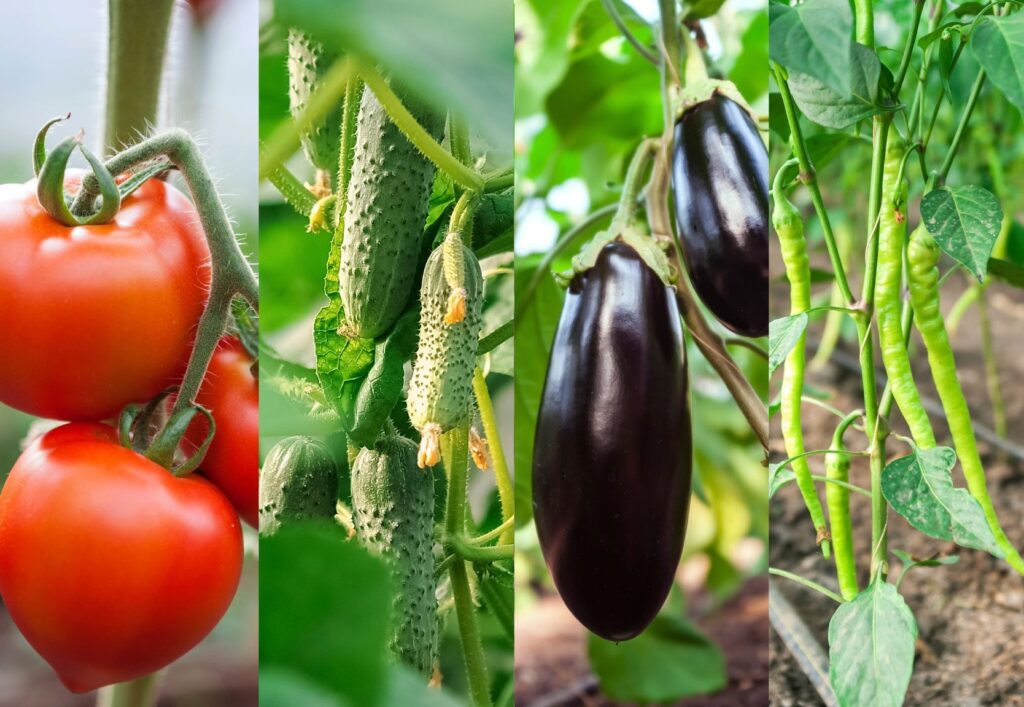Companion Plants for Yard Long Beans
Companion plants are those that grow well with other plants. Yard long beans, also known as snake beans or Chinese long beans, can benefit from being planted alongside certain companions. These include tomatoes and marigolds which provide support for the vining habit of yard long beans while repelling pests such as bean beetles. Other beneficial ...
